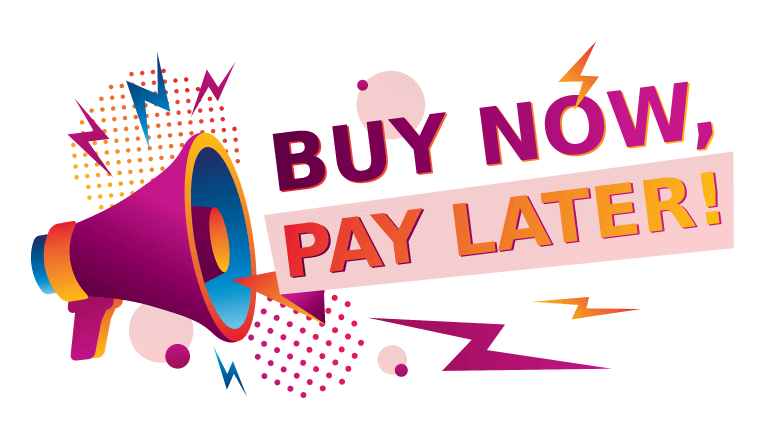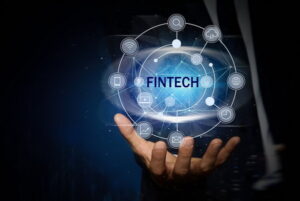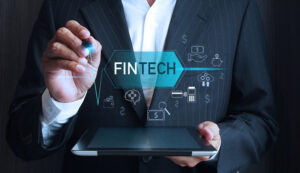The checkout process has been transformed dramatically. A new player is challenging the traditional financing methods. Previously, credit cards dominated online payment. The Buy Now Pay Later (BNPL) services are changing the way consumers make purchases. They offer immediate gratification, without the need for traditional credit agreements. This is more than a new payment option. It’s a fundamental shift in the relationship between retailers, consumers, and financial services.
The Rise of BNPL
BNPL platforms experienced explosive growth in the last few years. Companies like Klarna, Afterpay, Sezzle, and Affirm have attracted millions of users with a simple proposition—split purchases into manageable monthly installments, without any interest. BNPL services are typically instantaneous, unlike traditional credit cards, which require lengthy approval processes and extensive credit checks.
The platforms are able to fill a gap in the market. For younger consumers, traditional credit products can feel old-fashioned and burdensome. They value speed and transparency. BNPL services are a modern alternative to traditional credit products. They offer a more streamlined experience that is in line with the expectations of today’s shoppers. Global BNPL sales have grown from $7.9 billion in 2018 to more than $120 billion by 2023. Such growth shows the huge appetite for alternative financing solutions.
Impact on Consumer Behaviour
BNPL has a significant impact on how people make purchases. When consumers spread out costs over several weeks or even months, the psychological barrier associated with large upfront payments is removed. This change has allowed budget-conscious consumers to purchase higher-priced items.
Instant approval has also altered consumer expectations in terms of financial services. Unlike traditional lending, which often requires lengthy waiting periods and complicated documentation, BNPL platforms offer instant decisions with little friction. This convenience has increased impulse purchases, as consumers are able to secure financing without long deliberations.
This shift in behavior extends beyond individual transactions. BNPL users say they feel more confident in their buying power, which leads to an increase in online shopping. It is possible to better manage cash flow, allowing consumers to purchase during promotional or sales periods even if they have limited funds.
Retailers Can Benefit from the New Program
Merchants are embracing BNPL because it drives measurable results. Retailers who offer BNPL services experience higher conversion rates and average order values. They also have a greater customer retention rate. By removing price barriers, customers are more likely to add premium items or supplementary products to their shopping carts.
The BNPL’s demographic appeal is especially beneficial to retailers who target younger consumers. The Millennials and Generation Z market is a large segment, as they often have limited or no credit history or avoid traditional credit products. Retailers can leverage the purchasing power of this demographic by offering BNPL products.
BNPL services also guarantee merchants payment upfront, transferring collection risk to financial technology providers. This arrangement allows retailers to improve their cash flow while reducing the risk of customer default. This model of guaranteed payments allows businesses to concentrate on their sales growth rather than the payment processing issues.
The Risks and Challenges that May Arise
Despite their popularity, BNPLs present several concerns to consumers and regulators. The instant approval and gratification may lead to an overextension of credit, especially among younger consumers who do not understand the financial implications in the long term. BNPL products are often not accompanied by comprehensive affordability assessments. These circumstances can lead to unsustainable spending habits.
The regulatory oversight is inconsistent in different markets. While traditional lenders are subject to strict regulations governing responsible lending, BNPL providers operate under less restrictive requirements. Financial authorities around the world have taken note of this regulatory gap, and many are considering increased oversight measures.
When users have difficulty making repayments, consumer protection issues can also arise. Users who initially saw BNPL payments as a safe method may experience financial stress from late payment fees or potential impacts on their credit score. Due to the lack of standard reporting, positive payment behaviors may not be reflected in credit bureaus, while negative marks still can appear.
The Future of BNPL
As established financial institutions realize the potential of this market, the BNPL industry will continue to evolve. The traditional banks and credit cards are now launching their installment payment products. This trend is increasing competition and driving innovation. The competition is beneficial to consumers, as it leads to better terms, an expanded merchant network, and an improved user experience.
Another growth frontier is technology integration. BNPL providers are creating more sophisticated risk assessment algorithms, personalized budgeting tools, and integrated budgeting. These improvements are designed to address regulatory concerns regarding responsible lending while still maintaining the convenience that drives adoption.
The industry is maturing as well. BNPL was initially successful in e-commerce. Now, providers partner with brick-and-mortar retailers to offer financing in store. This omnichannel strategy reflects the expectation that flexible payment methods should be available regardless of what channel you shop on.
Transforming the Financial Landscape
Fintech, such as Buy Now Pay Later, has revolutionized the shopping experience. It has democratized access to credit while removing traditional barriers. These services are beneficial to both retailers and consumers, but they also pose new risks. They require careful consideration as well as possible enhanced regulation.
The success of BNPL demonstrates that consumers are willing to accept financial products that prioritize transparency and user experience over traditional credit mechanisms. As the industry matures, the challenge is to maintain the convenience and accessibility that drive adoption while implementing safeguards to protect consumers from overextending their finances. BNPL will be a part of the future of retail payment, but its success on a long-term basis depends on finding a balance between innovation and responsible behavior.
FAQs
1. What is the difference between using a credit or debit card and Buy Now Pay Later?
BNPL offers interest-free plans for short-term loans, whereas credit cards charge interest when unpaid balances are not paid. BNPL requires only minimal credit checks, and approval is instant, unlike traditional credit cards.
2. Do BNPL Services Charge Fees?
Most BNPL providers provide interest-free plans, but they charge late fees if you miss a payment. Certain services charge fees for processing certain payment options or early repayment.
3. Does using BNPL affect my credit score?
BNPL services usually perform soft credit checks, which do not impact your credit score. Missed payments can be reported to credit bureaus, which could have a negative impact on your credit rating.
4. Is BNPL available for all types of purchases?
BNPL is only available if retailers are partnered with certain providers. While there are many online shops that offer this service, not all accept BNPL payment. Some categories, such as gambling and adult content, are usually excluded.
5. What happens if I cannot make my BNPL payment?
If you miss a payment, your account may be suspended and charged late fees. Non-payment of debts can lead to collection efforts and negative credit reporting by credit agencies.




